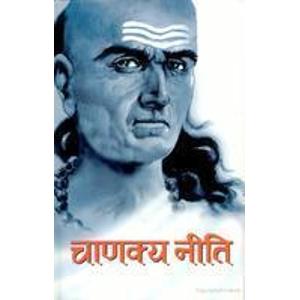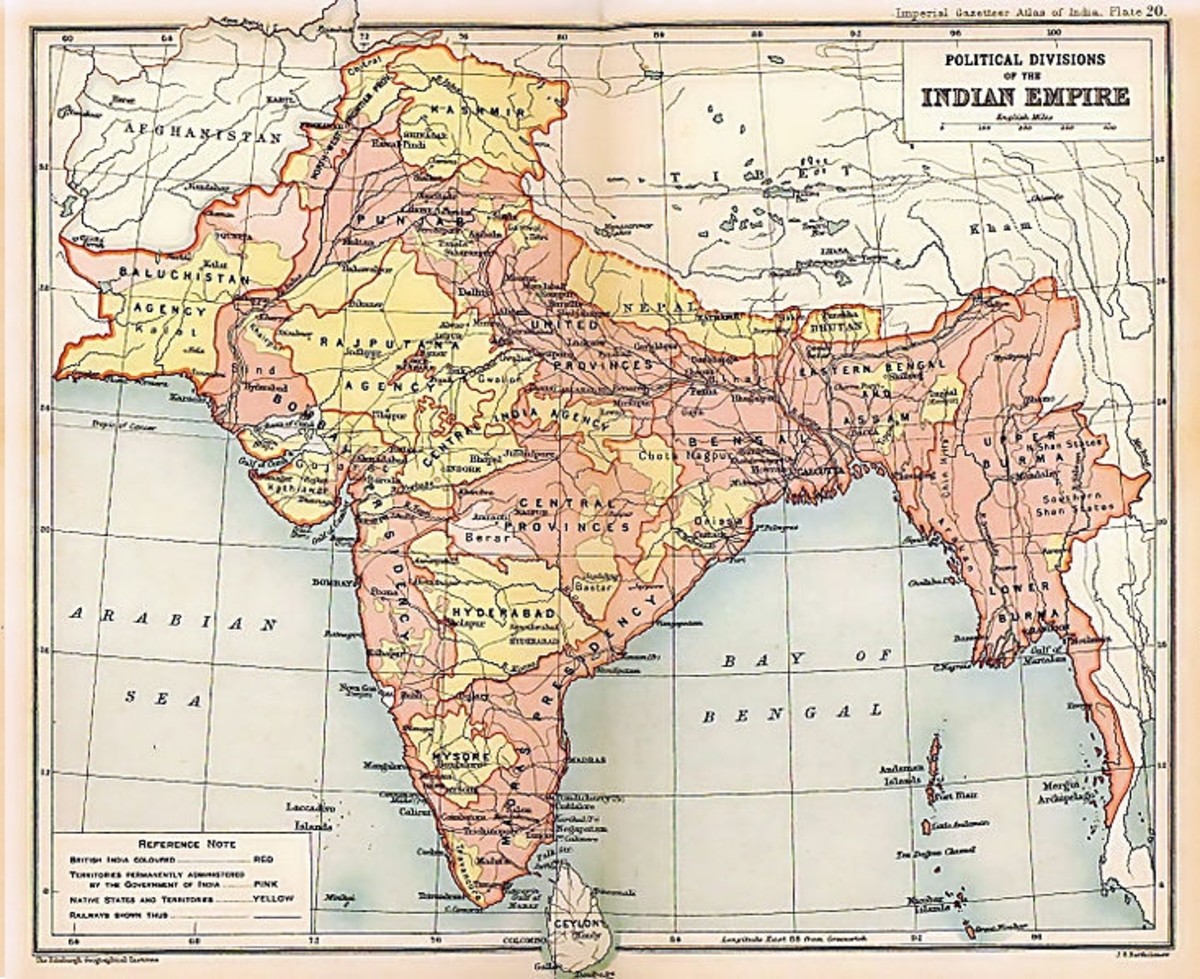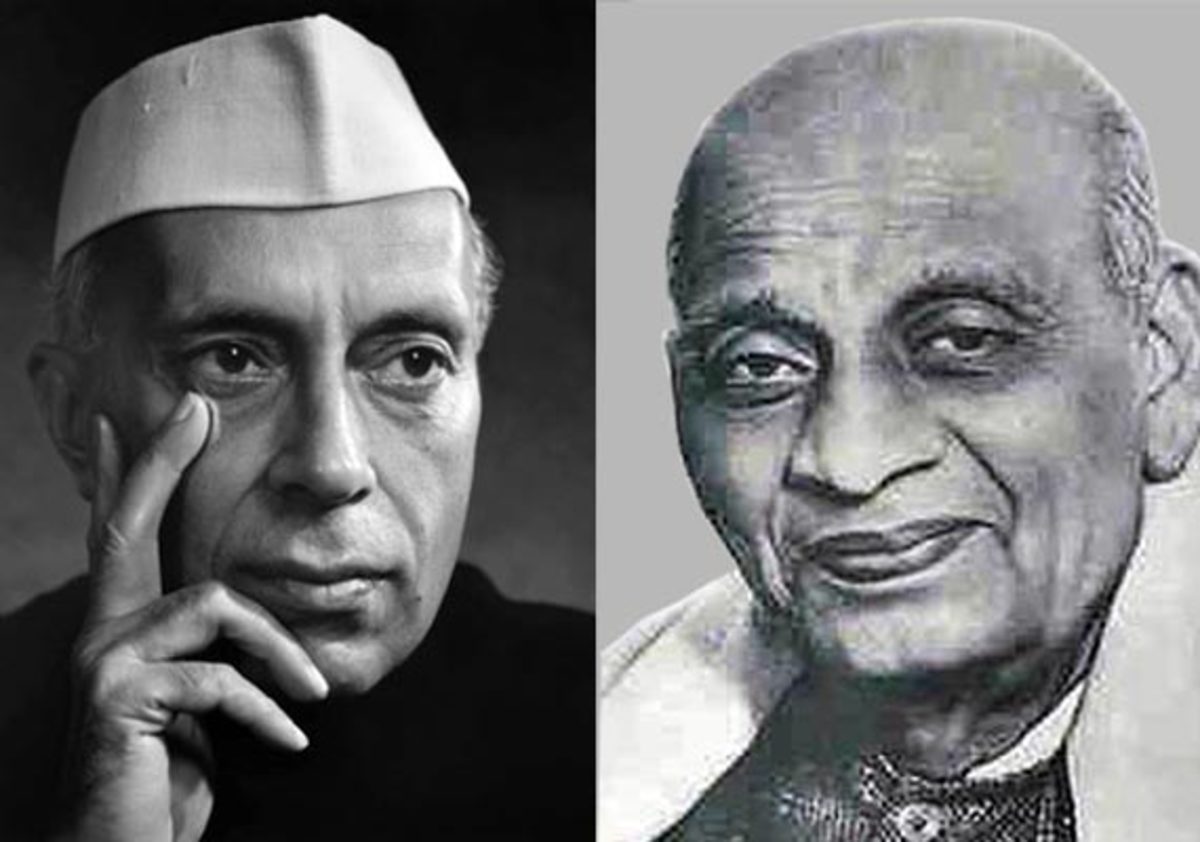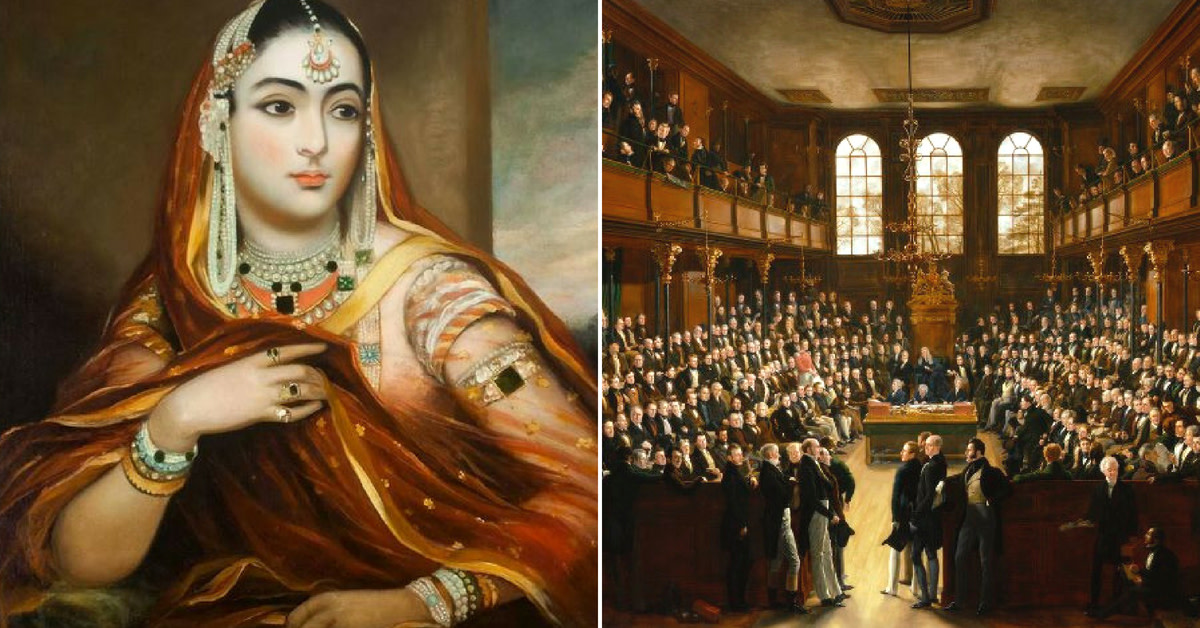- HubPages»
- Education and Science»
- History & Archaeology»
- History of Asia
KAUTILYA'S ARTHASHASTRA

A systematic form of Government in ancient India was basically the handiwork of Kautilya, which is crystallized in his work ARTHASHASTRA. It is believed that he was born in the hilly tract of Kolli in South India and that his original name was Vishnu Gupta. In history however, he is immortalized by the name of CHANAKYA. This Brahmin with a sharp intellect studied at the ancient Indian University of Takshasila (Taxila) and after years of arduous study became a teacher in his alma mater. He later left the confines of the University and went to Pataliputra (Patna) to seek his fortune in the kingdom of the Nandas who were great patrons of scholars like Panini, Varsha etc. Unaware of court etiquette and intrigues he not only had a cold reception but was also insulted by the King. Brimming with anger, he swore revenge and left the court of the Nandas and wandered all over the country. It was during this sojourn he got acquainted with Chandra Gupta of the Maurya clan whose throne was usurped by the Nanda King. This meeting laid the foundation of the Mauryan Empire.
ARTHASHATRA AND ADMINISTRATION
Kautilya’s magnum opus ARTHASHASTRA was a handbook meant for Kings. Kautilya had the foresight to realize that the goal of public administration must be people’s welfare; which meant that rural development was as important as urban, failing which people tend to migrate from rural to urban areas. He therefore placed emphasis on agriculture, animal husbandry, trade and commerce.
ARTHASHASTRA as a book on statecraft has a timeless appeal. Though it was a treatise based on agrarian society, its understanding on human nature is profound as revealed in the following excerpt:
“….Just as fish moving under water cannot possibly be found out as drinking or not drinking water, so government servants employed in the government work cannot be found out while taking money for themselves.”
The book ARTHASHASTRA is composed in the form of brief statements called ‘SUTRAS’ and comprises of:
- 15 books
- 150 sections
- 180 chapters
- 6000 verses
The books cover the following subjects:
BOOKS 1-5: Internal Administration
BOOKS 6-13:Foreign relations
BOOK 14: Secret practice
BOOK 15 Plan of Work
According to Kautilya the elements of the state are:
- The King
- Minister
- Country
- Treasury
- Fort
- Army
- Ally
The ARTHASHASTRA mentions of eighteen important functionaries known as MAHAMATRA or TIRTHAS. They are :
- YUVARAJA: Crown prince
- SENAPATI: Commander-in-Chief
- MANTRIPARISHAD ADHYAKSHA: Head of the council of Ministers
- MANTRIN: Minister
- PUROHITA: Chaplain
- DAUVARIKA: palace usher
- ANTARVAMSIKA: Officer of the Royal Harem
- PRASASTA; Minister in charge of Encampment
- SAMAHARTA: Administrative head and Revenue collector
- SANNIDHATA: Controller of Stores
- NAYAKA: Commandant
- PRADESTA: Magistrate
- KARMANTIKA: Chief Architect
- DANDA PALA: Chief Army officer
- DURGA PALA: Officer-in-charge of Fort
- ANTAPALA: Officer-in-charge of Frontier post
- ATAVIKA: Chief of the Forest tribe
SELECTION OF OFFICERS
Kautilya had laid down an elaborate process for the selection of officers at various levels of the hierarchy. Once the basic qualifications have been met, candidates are tested with regard to their attitude to:
- Piety
- Lucre
- Lust
- Fear
Only those who successfully complete the test of piety are made judges and magistrates. Those who pass the monetary test are absorbed in the revenue department and candidates who are able to establish their proof against lust made Officers in charge of the King’s harem. The King’s personal staff and bodyguards are selected on the basis of their performance in the test of fear. The few who pass the entire tests are made councilor. The revenue officers have to undergo further tests. They have to prove their competence in practical work to their superior called UTARADHYAKSHAS. After successfully completing their probation they are made NITYADHIKARI.
ADMINISTRATION OF JUSTICE
There are two courts in the ARTHASHASTRA for the administration of justice. They are:
- DHARMASTHYA
- KANTAKASHODHANA
DHARMASTHYA handles civil cases, which are adjudicated on the basis of:
1. DHARMA or canon law
2. VYAVAHARA or procedural law
3. CHARITRA or usage and conventions
4. RAJASENA or royal decree
KANTAKASHODHANA deals with crime and cases related to Government servants in their official duties. It consists of a panel with three PRADESHTAS or magistrates and is assisted by spies entrusted with the unraveling of crime.
PUBLIC FINANCE
As agriculture was the mainstay of the people, Kautilya placed importance on land revenue. There were three types of revenue:
- Income from taxes on goods produced within the country.
- Income from taxes on exports and imports
- Income from taxes on goods produced in the capital.
The main items of public expenditure were:
- Public administration
- National defense
- Expenditure on maintaining the army
- Salaries of ministers and government official
Kautilya believed that though the land was under monarchy, the king should adopt the concept of a welfare state. To borrow his own words “in the happiness of his (King’s) subjects lies his happiness, in their welfare, his welfare”
His economic policies were reflective of those times. Industries producing gold, silver, diamond and iron were to be owned by the state. On the other hand, agriculture, handicrafts etc could be under private enterprise. He believed in a system of price control and traders could have a mark up of 8% on domestic goods and 10% in imported goods. Money lending and charging of interest was permitted and interest could be in the range of 15%.
Kautilya was a pragmatist, and his views may seem similar to Niccolo Machiavelli another great pragmatist in the second millennium.




